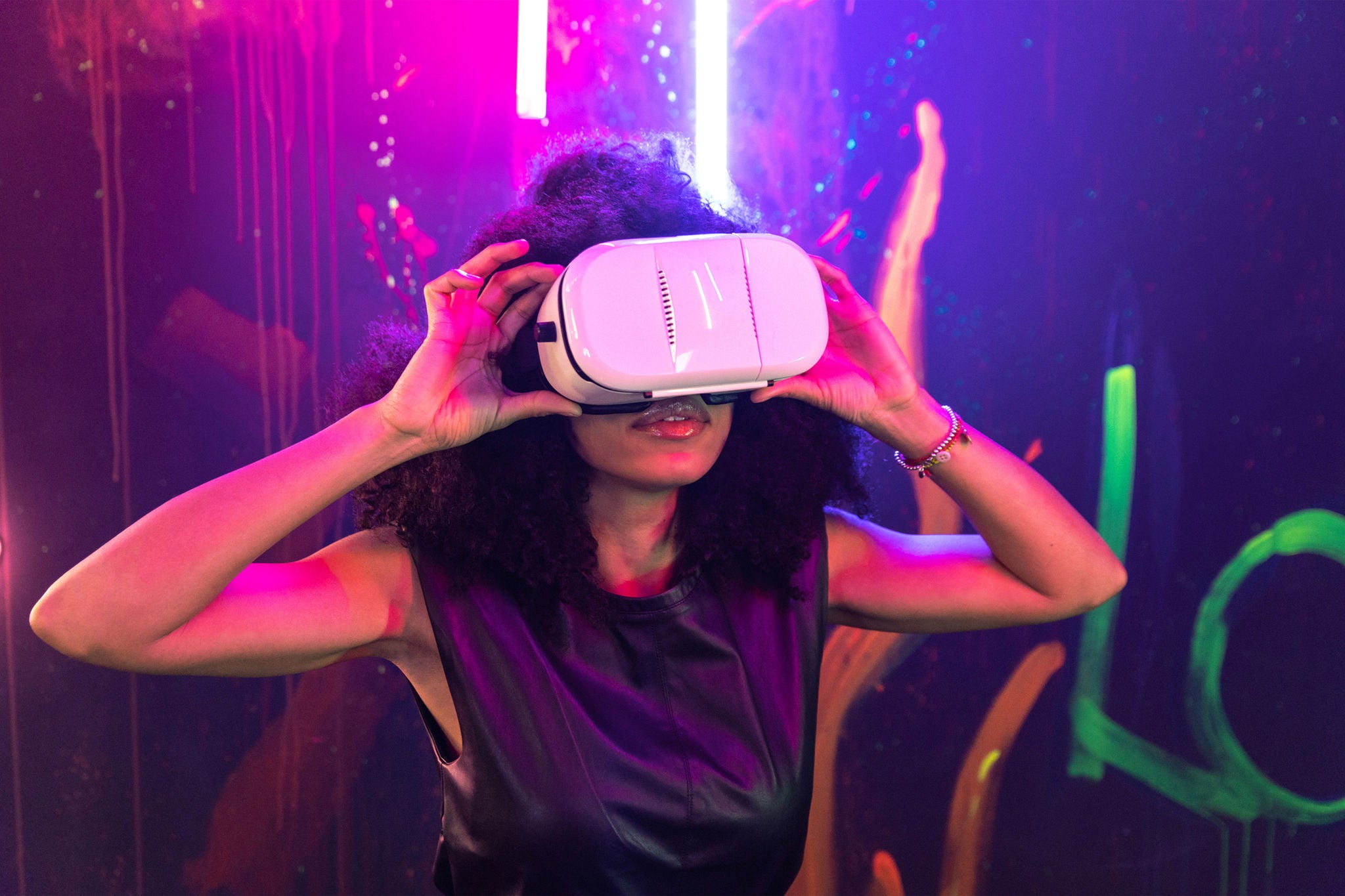Decentraland and The Sandbox use in-game currencies for buying and selling assets. Both are based on the ERC-20 token standard for defining tokens on the Ethereum Blockchain. MANA, the cryptocurrency of Decentraland, has a total supply of 2.80 billion tokens, with a current price of USD 2.35 and a market capitalization of USD 5,736,097,349. MANA is mainly used for buying land and wearables but also serves as a voting share for the DAO that manages Decentraland. SAND, the utility token of Sandbox has a total supply of 3 billion with a current price of USD 2.95 and a market capitalization of USD 4,528,715,461. Similar to MANA, it serves as a medium of exchange for buying and selling land and assets but also for governance to vote in upcoming decisions concerning the platform.
Besides the ERC-20 tokens, both platforms feature different NFTs based on the Ethereum Standard (ERC-721) enabling unique assets. Both platforms enable the purchase of customizable parcels. Decentraland offers a total of 90,601 parcels, 16mx16m in size with over 6,000 parcels already sold. As of 2022, the cheapest parcel is available for 4,000 MANA, equivalent to roughly USD 13,000. The parcels are themselves tokens, which can be customized. Users can also customize their avatars by creating or buying wearables like clothes or skins, which are also unique tokens called WEAR.
The Sandbox offers almost twice as many parcels – 166,464 – and they are also larger in size at 96mx96m of digital space. The cheapest parcel as of March 2022 is priced at 3,400 SAND (approx. USD 14,000) and there are 100,000 parcels still available. Sandbox features ASSETS, GAMES and LAND. By purchasing LAND, developers and players can design landscapes or games of their own for others to explore. ASSETS are unique items which can be wearables, art or other types of collectibles. GAMES can be designed using the Sandbox game maker and can be published on LAND, which can be bought or rented. They can be provided free of charge to other players or subject to a fee, payable in SAND.





